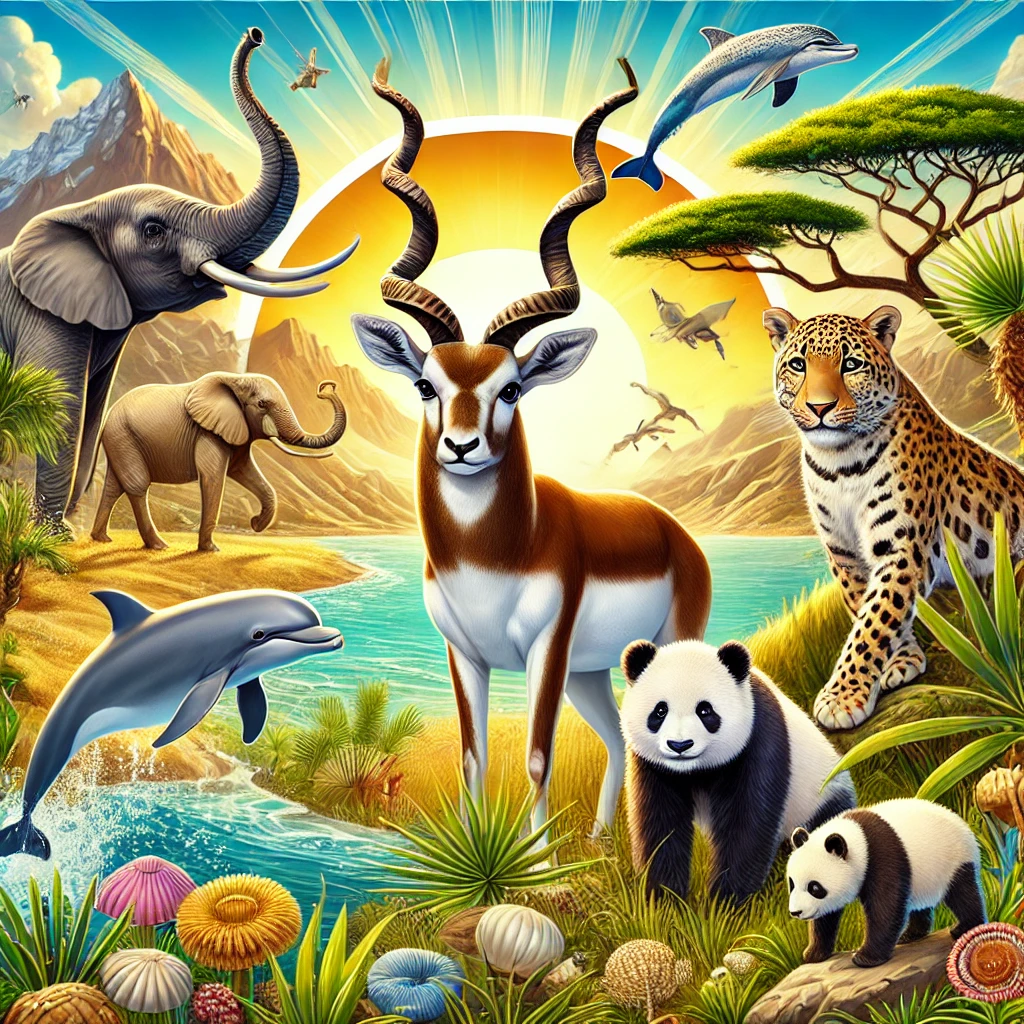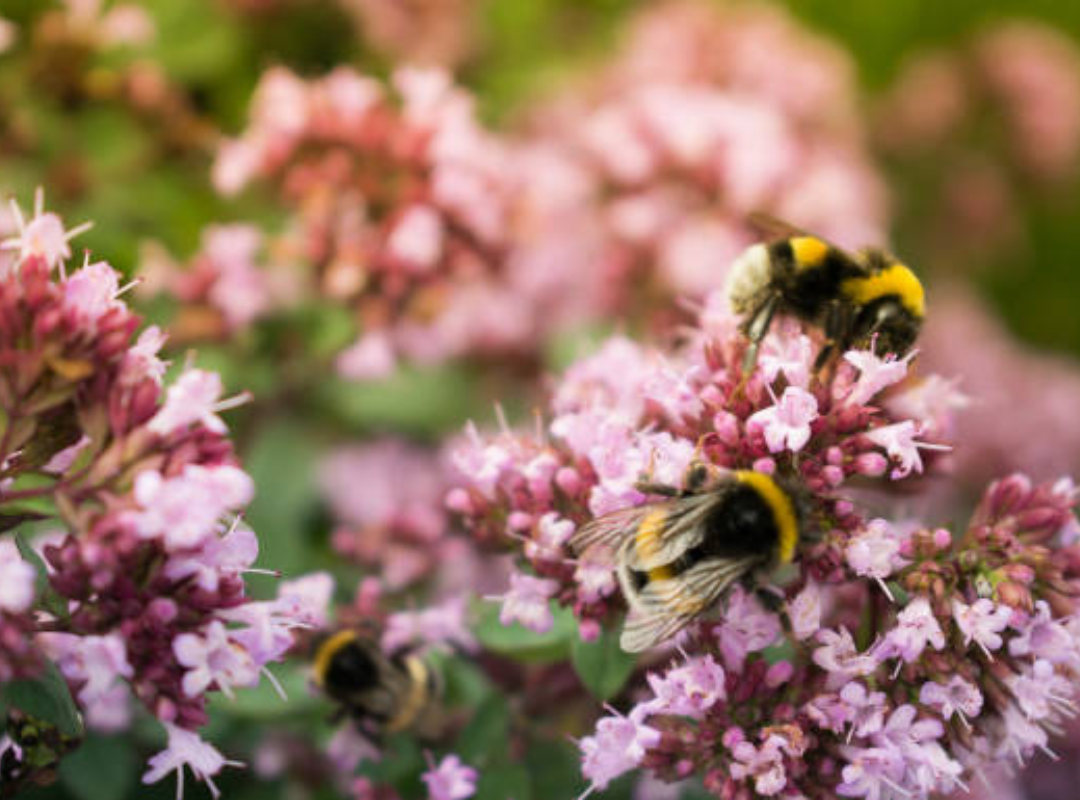The world is home to a vast array of animals, each with unique characteristics and habitats. From the dense rainforests of South America to the arid deserts of Africa, wildlife plays a vital role in maintaining the delicate balance of ecosystems. In this blog, we’ll explore some fascinating animals from different regions across the globe.
1. The Majestic African Elephant (Africa)
African elephants, the largest land animals on Earth, are known for their intelligence, strong social bonds, and impressive memory. Found across the savannas and forests of Africa, they use their trunks for eating, drinking, and communication. Unfortunately, these gentle giants face threats from poaching and habitat loss, making conservation efforts critical for their survival.
2. The Playful Dolphin (Global Oceans)
Dolphins, with their sleek bodies and playful behavior, are beloved creatures that inhabit oceans worldwide. Known for their intelligence and social nature, dolphins communicate through clicks, whistles, and body movements. Species like the bottlenose dolphin are famous for their acrobatic displays, while others, like the endangered Amazon river dolphin, live in freshwater environments.
3. The Elusive Snow Leopard (Central Asia)
The snow leopard, often called the “ghost of the mountains,” roams the rugged mountain ranges of Central and South Asia, including Pakistan’s northern regions. This elusive predator has a thick fur coat that protects it from freezing temperatures. Sadly, snow leopards are endangered due to poaching and loss of prey, making them the focus of many conservation projects.
4. The Colorful Poison Dart Frog (South America)
Found in the tropical rainforests of South America, poison dart frogs are tiny but vibrant amphibians. Their brilliant colors serve as a warning to predators about the toxins they carry. Interestingly, these toxins are acquired through their diet, and frogs raised in captivity tend to be non-toxic. These frogs highlight the importance of biodiversity within rainforests, ecosystems that are rapidly diminishing due to deforestation.
5. The Blackbuck (South Asia)
The blackbuck, a stunning antelope species, is known for its spiral horns and striking contrast of black and white fur on males. It once roamed freely across the grasslands of India, Nepal, and Pakistan. However, habitat loss, hunting, and agricultural expansion have pushed it toward the brink of extinction.
The blackbuck is classified as an endangered species in Pakistan. Conservation efforts are now underway, with breeding programs and habitat restoration aimed at reviving its population. Protected areas such as the Lal Suhanra National Park in Punjab play a crucial role in preserving this graceful creature. The blackbuck symbolizes the importance of protecting grassland ecosystems, as the survival of such species depends on maintaining their natural habitats.
6. The Giant Panda (China)
Giant pandas are perhaps the most recognized symbols of wildlife conservation. Native to China’s bamboo forests, they are known for their distinctive black-and-white fur and gentle demeanor. Once critically endangered, the giant panda’s population has increased thanks to successful breeding programs and dedicated conservation efforts. They are now classified as vulnerable, though habitat preservation remains essential for their long-term survival.
7. The Agile Red Kangaroo (Australia)
Red kangaroos, native to Australia, are the largest marsupials in the world. Known for their powerful hind legs and distinctive hop, these animals thrive in the arid regions of the Australian outback. They play a significant role in the ecosystem by dispersing seeds and keeping vegetation in balance. While kangaroos are generally abundant, extreme weather patterns linked to climate change threaten their habitats.
8. The Mysterious Octopus (Worldwide Oceans)
Octopuses are fascinating creatures known for their intelligence, problem-solving abilities, and incredible camouflage skills. Found in oceans across the globe, they can change the texture and color of their skin to blend seamlessly into their surroundings. With three hearts and blue blood, octopuses are truly one-of-a-kind animals. As ocean temperatures rise due to climate change, some octopus species are expanding their habitats, while others face new survival challenges.
9. The Powerful Bengal Tiger (South Asia)
Bengal tigers, the largest of all tiger subspecies, are found in the dense forests and mangroves of India, Bangladesh, Nepal, and Bhutan. They play a crucial role in maintaining the balance of their ecosystems by controlling prey populations. However, poaching and habitat fragmentation have severely threatened their existence, making them an endangered species. Conservation initiatives are ongoing to protect these majestic predators from extinction.
Conclusion
The animal kingdom is full of wonders, and each species plays an essential role in maintaining the balance of ecosystems. From the towering African elephant to the agile blackbuck, the survival of many animals depends on our commitment to conservation efforts. Endangered species highlight the urgent need for habitat protection and awareness.
As we explore the incredible diversity of life on Earth, let’s remember that every creature—whether it’s a giant whale or a tiny frog—deserves a place in this world. Together, we can support conservation initiatives to protect these species and ensure they continue to thrive for generations to come.
Which animal inspires you the most? Whether it’s the elusive snow leopard or the curious octopus, every encounter with wildlife reminds us of nature’s beauty and the importance of preserving it.













Leave a Reply